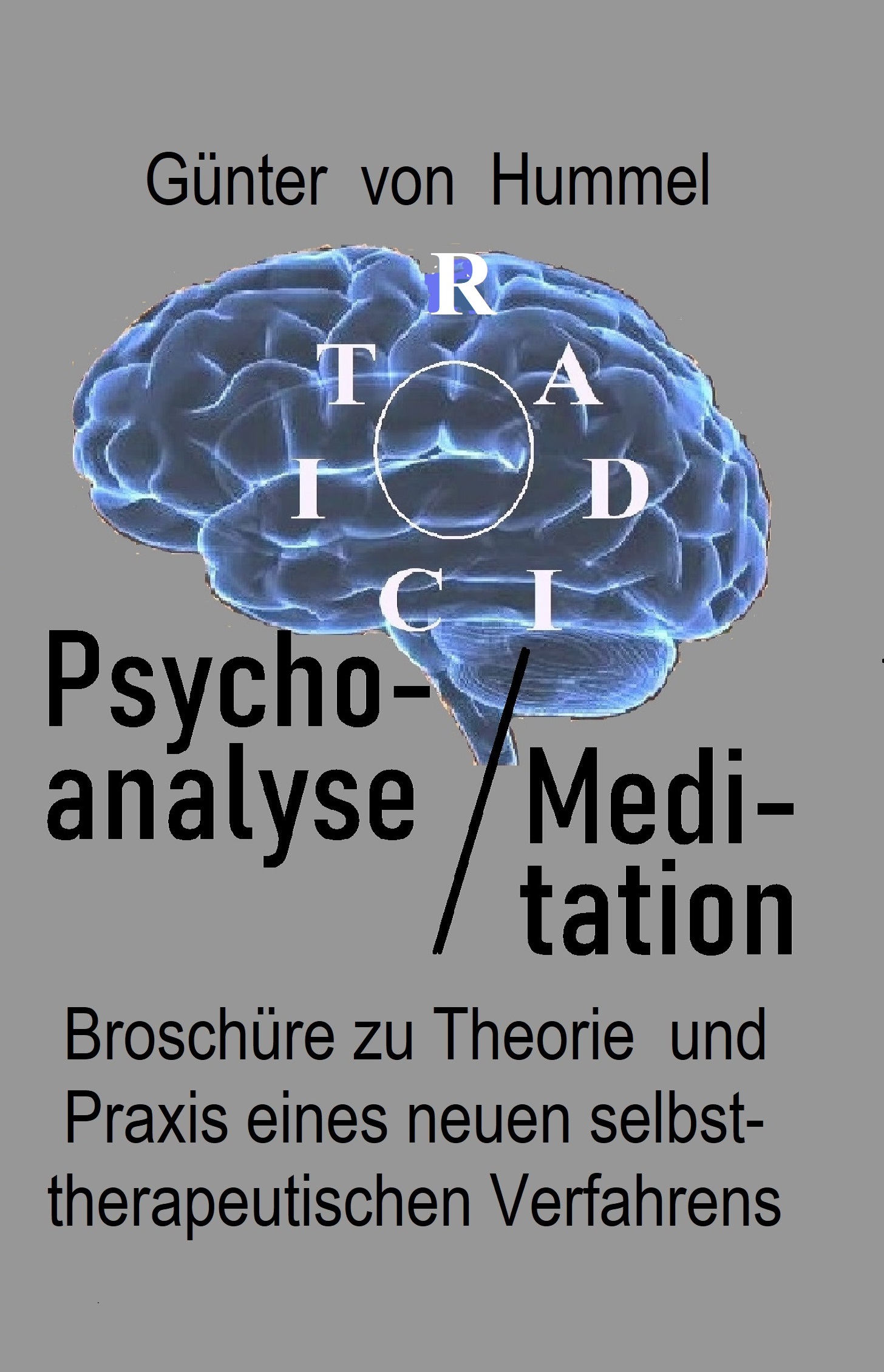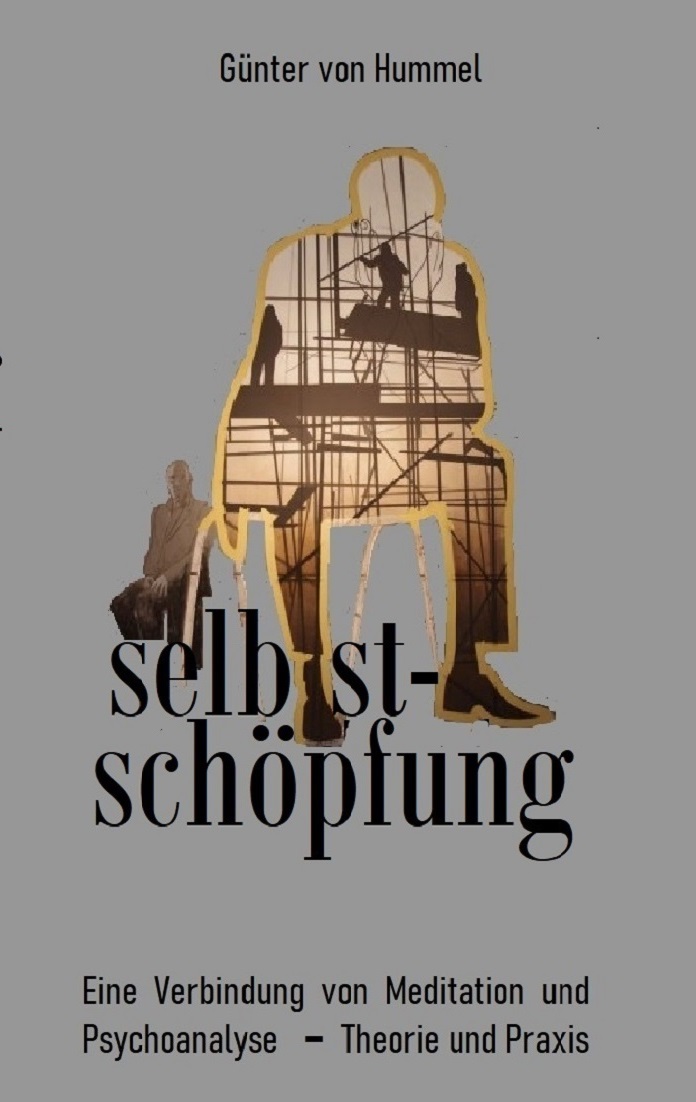We only need to apply the 'light' (reflecting, mirroring) / 'sound' (echoing) principle - written with the stroke in between1 - as a guideline in Yoga practice (exercises) and teachings (theories) from the beginning on, and try to also compare all of these terms with psychological scientific cognizance. Theory and practice are also closely related to one another in occidental sciences. Freudian psychoanalysis is not feasible without knowledge of its therapeutic practice. Vice versa, Freud's biography would be of no value without the decisive stages in his research. May the reader so have the understanding that this book doesn't describe single events of Kirpal Singh's life, but rather the substantial aspects of practice and theory
of Yoga, and partially draws relations to western science, as well as engages in discussions of these. How else should you go about writing a biography of such a great person and producing science at the same moment?
H.-U. Rieker also provides an ideal overview of the Yoga systems in his literature (Fig. 2). He uses simple structures common to all Yoga literature, i.e. by arranging physical, mental (emotional) and spiritual forms of Yoga. The diagrams displayed here show Kirpal Singh's Yoga mainly in the vicinity of Laya Yoga, which means: in the area of pure spiritual exercises, in which there is, however, a close relation to ethical behaviours (Dhyana, Karma). To avoid spiritual (mental) overexertion, Kirpal Singh, however, called on his devotees to keep to strict vegetarian nutrition and to preserve positive feelings to the teacher.
1 The stroke stands exactly for what Yoga describes as 'Bindu', as in having a visually (Single Eye) or symbolically (Logos) connecting property (Old Indian: bhindan). In Psychoanalysis we make a distinction between the imaginary, the symbolic and the real. The real is not reality, but it is like a 'Bindu', a connecting property which really happens.


